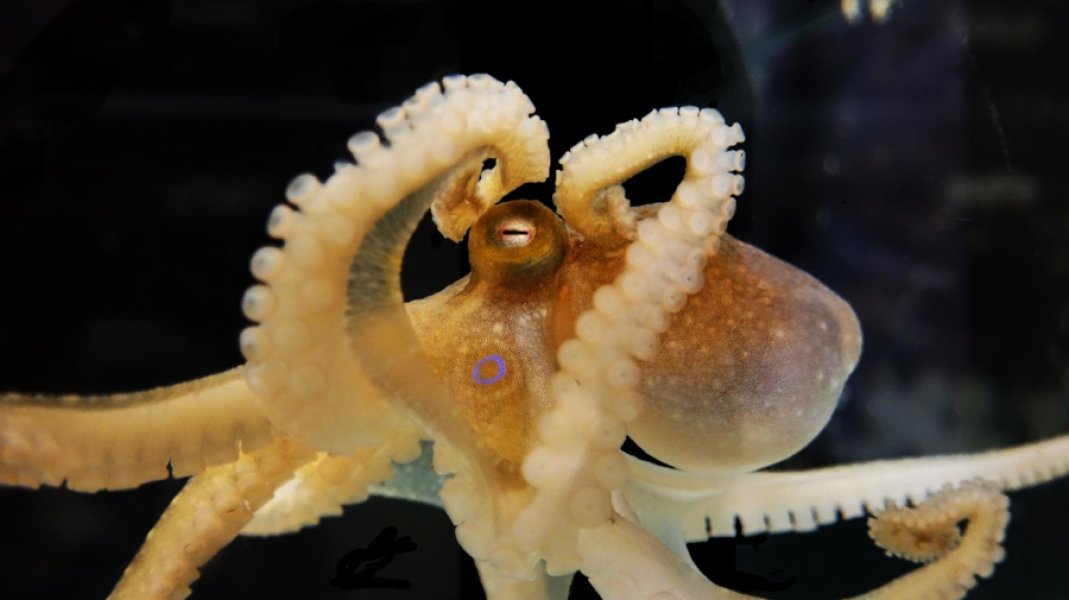Imagine a skeleton-less creature with three hearts, with most of its nearly half a billion neurons distributed in eight tentacular arms. Each arm can regenerate like the mythical Hydra and has a mind of its own. Its muscles stiffen into temporary elbows and shoulders. This creature has the eerie capability of perfect camouflage and decorates its lair with leftovers of its prey.
A team of researchers from the Okinawa Institute of Science and Technology Graduate University (OIST), the University of Chicago, and the University of California, Berkeley have sequenced and analyzed the genome of an octopus species, making it the first cephalopod to be decoded. They published their findings in Nature.
The large genome size of the octopus was previously believed to be the result of whole genome duplication events, which can also be seen in the genomes of vertebrates, including humans. Such events create additional genetic material for evolution to work with. The octopus genome, however, shows no evidence of such a dramatic event in its evolutionary history.
Besides recognizable genes, vast swathes of the genome consist of regulatory networks that control how genes are expressed in cells. In the octopus, nearly half of the genome was found to be composed of mobile elements called transposons, one of the highest proportions in the animal kingdom. Transposons replicate and move around with a life of their own, disrupting or enhancing gene expression and facilitating reshufflings of gene order. The researchers found many of them to be particularly active in the octopus nervous system.
Genes that are grouped together on chromosomes in other animals were dispersed in the octopus genome, likely as a result of transposon activity. The “Hox” genes, involved in embryonic development in all animals, are a particularly dramatic example. Although clustered together in most animals, including other mollusks, they are scattered in snippets in the octopus, presumably enabling the evolution of the versatile cephalopod body plan.
Analysis of the sequenced octopus genome is far from exhausted. The sequenced genome also provides a reference for scientists studying cephalopods to investigate other species of these exotic animals. Future inquiry also relates to cephalopod genes and regulation relevant to the development and functioning of the nervous system. As some of those genes are already active at the embryo stage, their expression can be biochemically interfered with. Researchers can then watch out for divergences in the grown organism.
